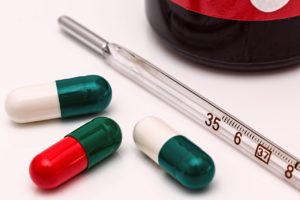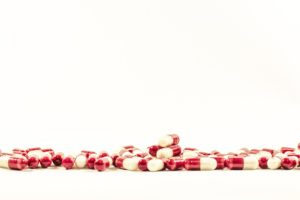APAP vs NSAIDs



Studies have been done regarding deaths caused by Acetaminophen (APAP) overdose, and they are finding that kids and adults are dying from having too much medicine with just a little bit extra over the recommended dose. [This American Life did a whole episode on Tylenol overdose stories]
APAP is processed by enzymes in your liver. They are like little boats that carry drugs from one place to the other and cause them to make changes so it can do it’s job when it gets to the other side. So, APAP rides in it’s own little boat, and the body then uses it to reduce pain or fever.
The problem is, if there’s more APAP than boats, other things start happening to it, and it becomes very toxic. It not only damages liver, it can damage the DNA of your body. The only way to get it back in order and bind it back up, is for you to receive other pharmaceuticals in a hospital.
Most likely, if someone has had too much APAP, it takes about 4 days for them to experience any symptoms, and therefore, it’s probably too late for them to receive help.
Excedrin Migraine = Acetaminophen (APAP), Aspirin (ASA), Caffeine
Please don’t take more APAP than recommended.
They changed the maximum dose allowed from 4000mg per day to 3000 mg per day.
Extra strength APAP: 500 mg/ tab (1-2 tabs q 6 h) —> 500 x 2 = 1000 mg —> 3 doses in a day (6 tablets)
Non-steroidal anti-inflammatory drugs (NSAIDs) include Aspirin, Ibuprofen (Advil or Motrin), Naproxen (Aleve)
The Side effects of NSAIDs are much more instantaneous, so if you take too much, you will know right away and can back off.
Many prescription pain medications contain APAP too.
Maximum Doses
APAP: 3000mg in 24 h
Aspirin: 6500 mg in 24h
Ibuprofen: 3200mg in 24h
Naproxen: 1250 mg in 24 h
Support us on Patreon
*NEW* Join the Pharmacist Answers Podcast Community on Facebook
Subscribe: iTunes, Stitcher, GooglePlay, TuneIn Radio